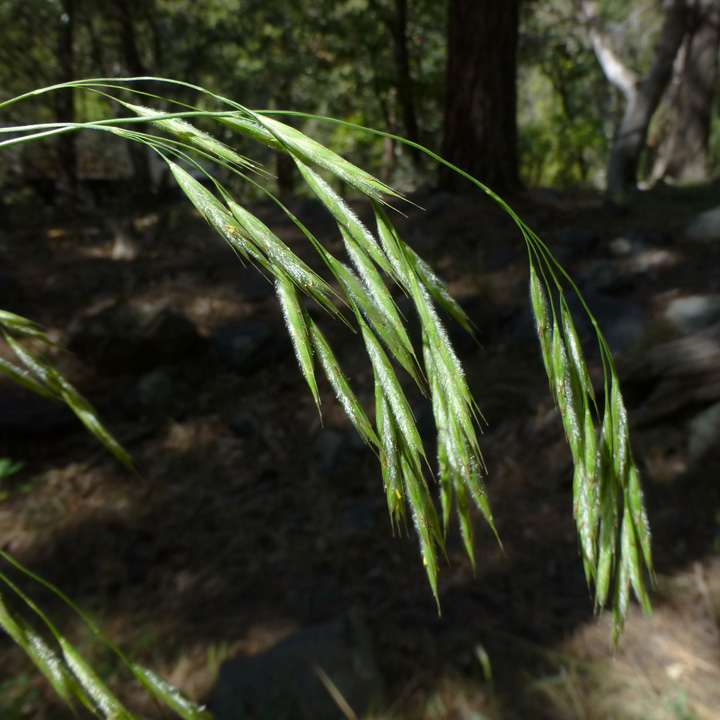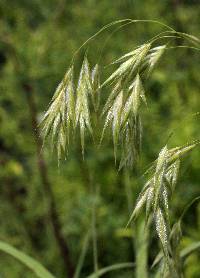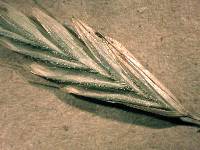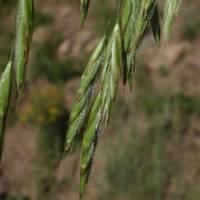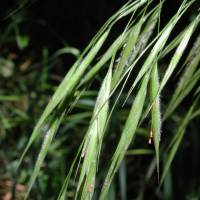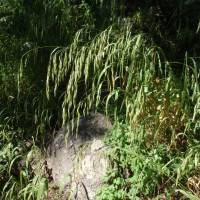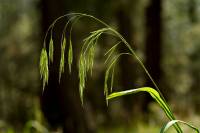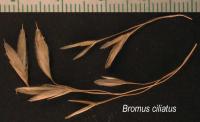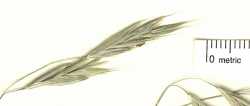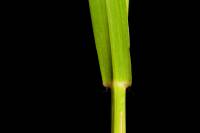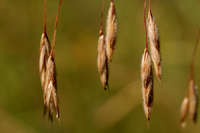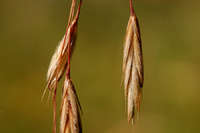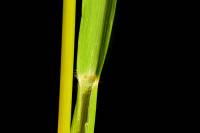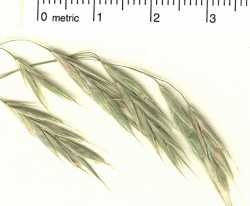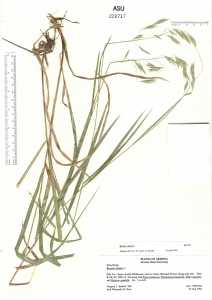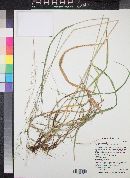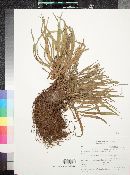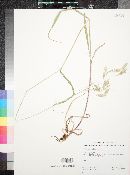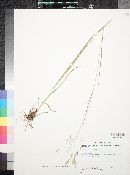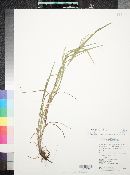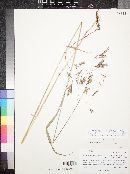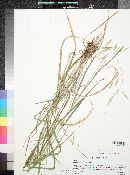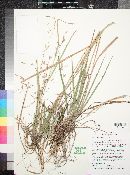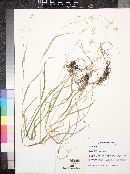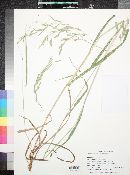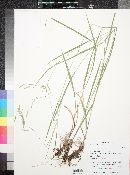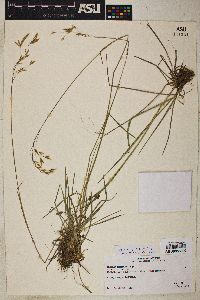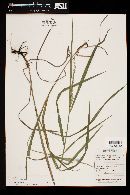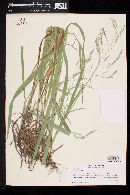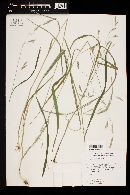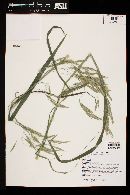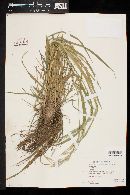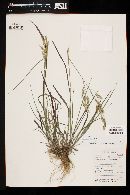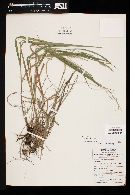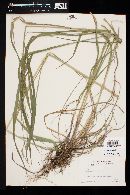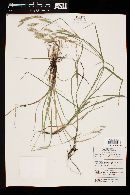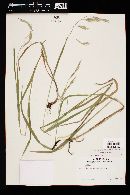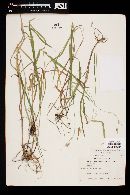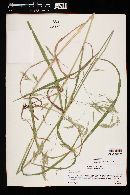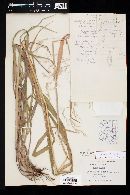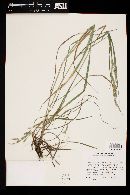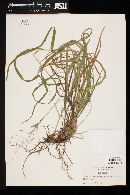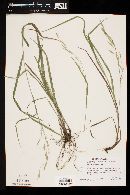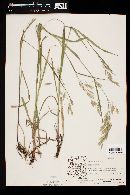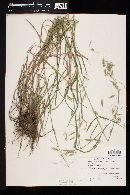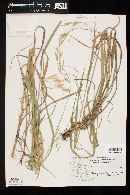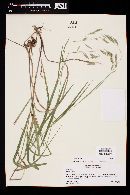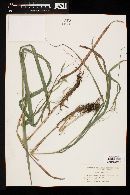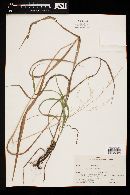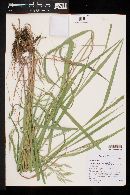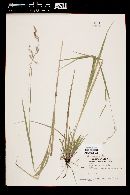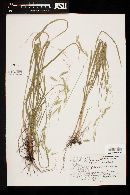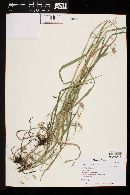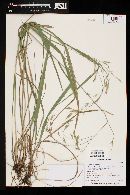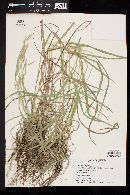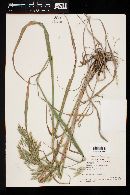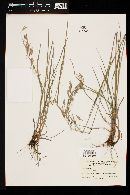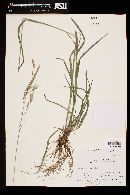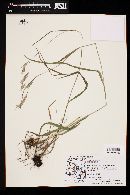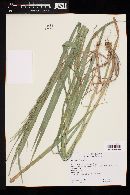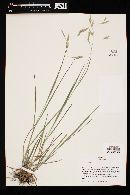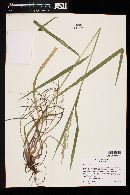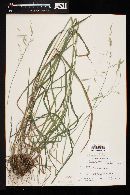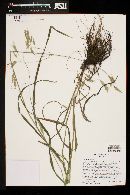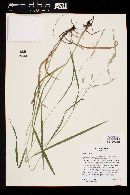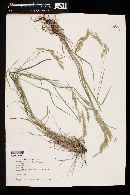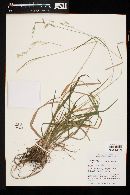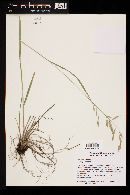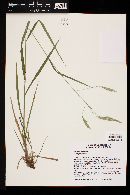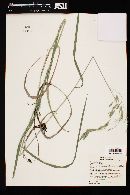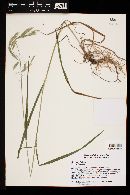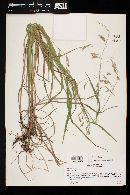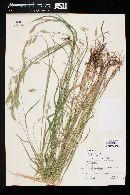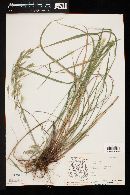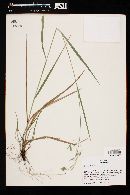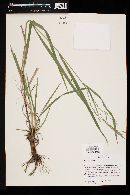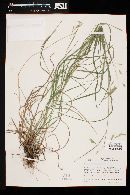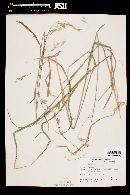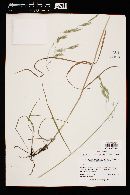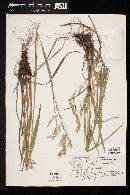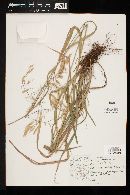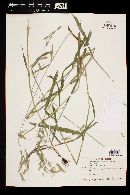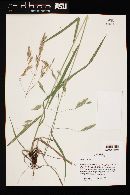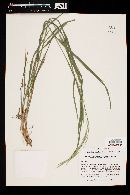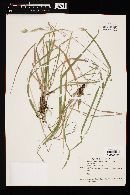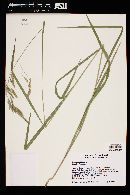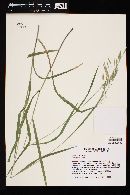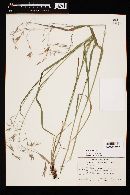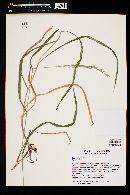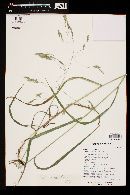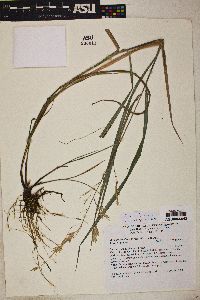
|
|
|
|
Family: Poaceae
Fringed Brome, more...Brome Cili
[Bromus ciliaris Panz., moreBromus ciliatus f. denudatus Wiegand, Bromus ciliatus f. intonsus (Fernald) F. Seym., Bromus ciliatus var. denudatus (Wiegand) Fernald, Bromus hookeri var. canadensis (Michx.) E. Fourn., Bromus hookeri var. ciliatus (L.) E. Fourn., Bromus inermis var. ciliata (L.) Trautv., Bromus pubescens var. canadensis Eaton & J. Wright, Bromus pubescens var. ciliatus Eaton & J. Wright, Bromus purgans var. ciliatus (L.) Kuntze, Bromus purgans var. longispicatus Hook., Bromus purgans var. pallidus Hook., Bromus yezoensis Ohwi, Zerna canadensis (Michx.) Tzvelev, Zerna ciliata (L.) Henrard] |
Plants perennial; not rhizomatous. Culms 45-120(150) cm, erect; nodes (3)4-7(8), all pubescent or the lower nodes sometimes glabrous; internodes glabrous. Basal sheaths usually retrorsely pilose, sometimes glabrous; upper sheaths glabrous, throats glabrous or pilose, midrib of the culm leaves not abruptly narrowed just below the collar; auricles sometimes present; ligules 0.4-1.4 mm, usually glabrous, rarely pilose, truncate, erose; blades 13-25 cm long, 4-10 mm wide, flat, abaxial surfaces usually glabrous, sometimes pilose, adaxial surfaces usually pilose, sometimes glabrous. Panicles 10-20 cm, open, nodding; branches ascending, spreading, or drooping. Spikelets 15-25 mm, elliptic to lanceolate, terete to moderately laterally compressed, with 4-9 florets. Glumes glabrous; lower glumes 5.5-7.5 mm, 1(3)-veined; upper glumes 7.1-8.5 mm, 3-veined, not mucronate; lemmas 9.5-14 mm, elliptic to lanceolate, rounded over the midvein, backs glabrous, sometimes scabrous, margins conspicuously hirsute on the lower 1/2-2/3, apices obtuse to acute, entire; awns 3-5 mm, straight, arising less than 1.5 mm below the lemma apices; anthers 1-1.4 mm. 2n = 14. Bromus ciliatus grows in damp meadows, thickets, woods, and stream banks across almost all of northern North America except the high arctic, extending further south mainly in the western United States. Some taxonomists have named plants with different degrees of sheath pubescence as different forms. Because the variation is continuous, such differences are not formally recognized in this treatment. FNA 2007, Gould 1980 Common Name: fringed brome Duration: Perennial Nativity: Native Lifeform: Graminoid General: Non-rhizomatous perennial with erect stems 45-120 cm, 4-7 pubescent nodes, or with lower nodes sometimes glabrous, internodes glabrous; basal sheaths retrorsely pilose, upper sheaths glabrous, throats pilose. Vegetative: Blades 13-25 cm long, 4-10 mm wide, flat, bright green with glabrous under surfaces and pilose upper surfaces; ligules usually glabrous, membranous 0.5-1 mm. Inflorescence: Open, nodding panicles 10-20 cm, with ascending, spreading or drooping branches; spikelets 15-25 mm, elliptic to lanceolate, terete to moderately laterally compressed with 4-9 florets; glumes subequal, glabrous, lower 5.5-7.5 mm, 1 veined, upper 7-8.5 mm, 3 veined, not mucronate; lemmas 9.5-14 mm, elliptic to lanceolate, backs glabrous, margins conspicuously hirsute on lower half to two thirds, apices obtuse to acute, entire, with awns 3-5 mm, straight, arising less than 1.5 mm below the lemma apices. Ecology: Found in meadows and on stream banks and in forested areas from 6,000-10,000 ft (1829-3048 m); flowers July-October. Notes: In our region there is also var. richardsonii, which can be distinguished by having slightly more florets, much larger glumes 7.5-12.5 mm with the upper glumes mucronate, more elliptic lemmas that are densely pilose, the upper lemmas in the spikelet hairy. Difficult to distinguish in the field. FNA segregates these into two taxa, but the consensus in the literature does not entirely support this conclusion. Ethnobotany: Used by the Iroquois as a corn planting medicine. Etymology: Bromus is from Greek bromo, for stinking, while ciliatus means hairy or ciliate. Synonyms: None Editor: SBuckley, 2010 Perennial 6-12 dm, the culms few or even solitary, glabrous, or hairy at the nodes; sheaths pilose or seldom glabrous, often overlapping; blades 4-10 mm wide, glabrous to sparsely villous on one or both sides; ligule 0.3-1(-1.5) mm; infl 1-2 dm, loose and open with slender, often flexuous, drooping or spreading branches to 15 cm; spikelets drooping, 15-25 mm, 4-10- fld; glumes glabrous or at most scabrous to minutely hispid, the first lance-subulate, 5-8 mm, 1-veined (rarely with a faint pair of lateral veins), the second lanceolate, 7-10 mm, 3-veined, often short-awned; lemmas 10-13 mm, rather long-hairy near the margins, especially toward the base, glabrous or nearly so on the back; awns 3-5 mm; anthers 0.9-1.7 mm; 2n=14, 28, 56. Moist woods and other wet places; Lab. and Nf. to Alas., s. to Pa. (and in the mts. to Tenn.), Mo., and Tex. (B. dudleyi) Gleason, Henry A. & Cronquist, Arthur J. 1991. Manual of vascular plants of northeastern United States and adjacent Canada. lxxv + 910 pp. ©The New York Botanical Garden. All rights reserved. Used by permission. From Flora of Indiana (1940) by Charles C. Deam Infrequent in marshes and springy areas of the lake region. I found a specimen in Steuben County with all the sheaths glabrous except the lowest one. This is Bromus ciliatus f. denudatus Wiegand (Rhodora 24: 91. 1922) which Fernald now regards as the typical form of the species. (Rhodora 32: 70. 1930.) ...... Indiana Coefficient of Conservatism: C = 10 Wetland Indicator Status: FACW |
|
|
|

